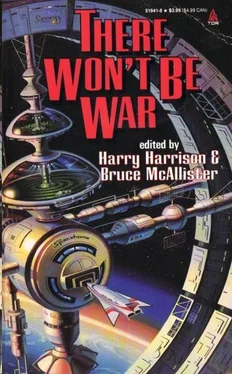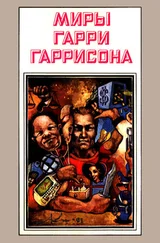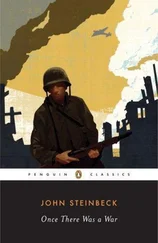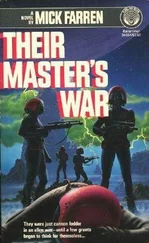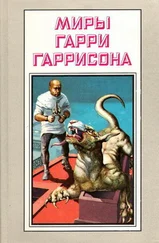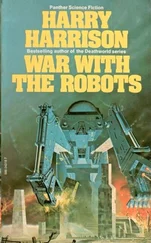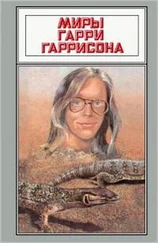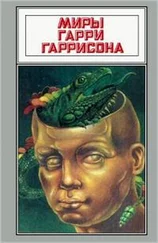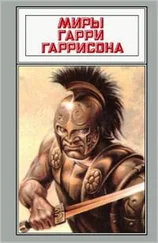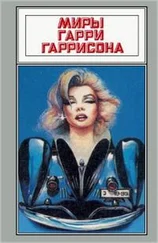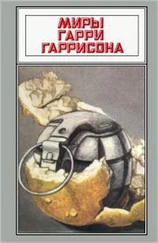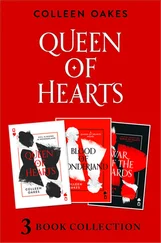At Festival City in the high desert of California, they gave me a bunk in the boys’ dorm. I lay down behind my partition, feeling lost and uneasy. Ernie Yose, the boy next to me, tried to say hello, but I ignored him. The next thing I knew it was morning, and a low, droning voice told us over the intercom that our first lecture would be in Dome One.
As I ate breakfast in the big commons, I told myself that if I believed my father, then the world was beyond hope and there was nothing for me here. He had made me afraid of the future.
“What’s wrong with you?” Ernie asked.
“Nothing,” I said, trying to hide my doubts.
We went out into the bright sun and found Dome One. The cool inside was a relief. We sat down at desks in the third circle. There were almost a hundred boys and girls my age in the hall, dressed in the same loose-fitting white shorts, collarless shirts, and sandals.
A figure wearing a one-piece sky blue suit walked down into the center, looked around at us, and said, “What you will learn in the next two weeks is how humankind restrained itself.” I couldn’t tell if the soft tenor voice belonged to a man or a woman. “You will understand the foundation of world peace and how it is maintained, and that will enable you to grasp the full meaning of the final demonstration.”
A chill went through me. I felt that something was about to be taken from me; suddenly I didn’t want to know anything that would change me. My father’s voice whispered a warning as he crouched inside me, ready to mock falsehoods.
“War,” the teacher began, “was only the most violent expression of humankind’s conflict with itself,” and I felt my father’s suspicions rising up within me. “Societies regulated their members through codes that were claimed to be of divine origin—to give them a convincing legitimacy—and later through laws that served social ends and could not be tampered with easily by individuals ....”
The speaker seemed to be talking about a species to which he or she did not belong.
“When the eco-catastrophes of the 21st century worsened, and it became necessary to forbid the use of fossil fuels, the first defensive shields were used to compel resisting nations to observe the ban, as well as to prevent the use of nuclear weapons among the lesser powers. The big powers of the 20th century had originally built nuclear arsenals so they could cherish the illusory hope that their competitors on Earth might one day be destroyed, which is why the first shields so outraged the human heart—because enemies might now make themselves secure forever. At one time it was feared that Capitalism, aided by super-technologies, might endure in defiance of Marx’s laws of history, while totalitarian Communism, behind its shield, completed its mastery of the individual, mimicking the West’s economic success through state-run Capitalism ....”
This view of the last century and a half reminded me of my father’s ideas, except that he would have claimed that it had to be this way, that no amount of good will could overcome human nature. The buried monster in us all was a necessary drive, even if it only functioned according to blind nature; to sever it from our intellect would put us in mortal peril.
“But these fears were set aside,” the teacher continued, “when the major blocs realized they could be replaced on the main stage of history by any one of several nations. Beam weapons were deployed to preserve superpower rivalry—and humankind blundered into nuclear peace, even though this outraged the secret self that still longed to savage even a brotherly enemy ....”
Evolution’s slaughterhouse gave us the will to survive, my father had said to me many times. Human reason was self-serving, rationalizing on our behalf, the obedient hound of our will.
“Ironically,” the teacher said, “the new peace made the world safe again for conventional wars. These were tolerated among the lesser nations, but were ended by nuclear threat when they got out of hand. This second era of of conventional wars pushed us closer to our age of peace, as regional conflicts were permitted to work themselves out and became fewer. But as the world struggled through its eco-catastrophes, the old rivalries simmered beneath the restraints placed on the old reptilian brain core. Each major power’s secret self still saw itself as Rome, unable to bear the prosperity of Carthage. Time might one day unleash the enemy’s progeny from behind his shield, like spiders from a buried egg, to shape history in his own image. This deeply held fear, that futurity would not belong to one’s own loins, that even one’s children might repudiate their parents, was not something for which we should blame the past. It was a biological program arrived at through evolution, and simply a reflection of the way life developed, the way we were, before we could choose new directions .....”
I looked into the teacher’s calm gray eyes, and wondered at the intelligence behind them as it described a still unfinished process. Despite my father’s warnings, I felt no threat, only wonder and curiosity.
“As an interim measure,” the teacher went on, “human nature had to be convinced in its deepest domains that the new peace could not be subverted. The festival demonstration is a physical proof, not an argument or treaty, affirming that peace can be preserved every time it is imperiled. Ours is a renewable peace, and it has endured, even though the old human animal struggles against it. But one day even that inward struggle will end.”
The teacher was speaking about my father, I realized, but I felt only a vague threat.
“Old humanity tried to have it both ways—by arguing that a shield would destabilize the old nuclear deterrence, which implied that it might work, and at the same time that a shield was technically impossible. They neglected to consider that few would wish to test such a system by starting a war. At the very least, it would foil attempts at a decisive first strike. In practice it was completely effective in stopping all enemy missiles—because they would never be launched. And that is what happened.”
Silently, the teacher looked around at us, and I knew suddenly that there was a peace beyond this one.
“Consider these three statements,” the teacher continued. “They unmask the old humanity within you all. We reserve the right to kill living creatures, including human beings, under the appropriate conditions. There can be no peace which abolishes this right. The second asserts that The ability to be violent in the name of survival is the Sacred fire at the center of every living organism. And finally, There must always be the possibility of war, even if war never comes.”
My father struggled within me. Trembling, I raised my hand and heard him say, “Given enough time, there will be war. Sooner or later, something will always go wrong.”
The teacher gazed at me calmly, then nodded. “It would seem so—but many possible things never happen. At first, peace demands a tradition of vigilance. The founder of our peacekeeping order said that Violence lives in each human being as a small flame, burning always, but flaring only with impatience and anger. It is both their strength and greatest weakness, since it can consume itself Human hearts will never be at peace. They war with themselves even in sleep. But this heart of fire has never turned on itself decisively. Peace is as possible as war. In time, something even better will be born of our rational faith. Our festival confirms this understanding, and prepares us for the way ahead.”
We saw holos of great cities destroyed in past wars, The broken bodies seemed unreal, and it would never happen again, because the peacekeepers would prevent it.
Читать дальше
